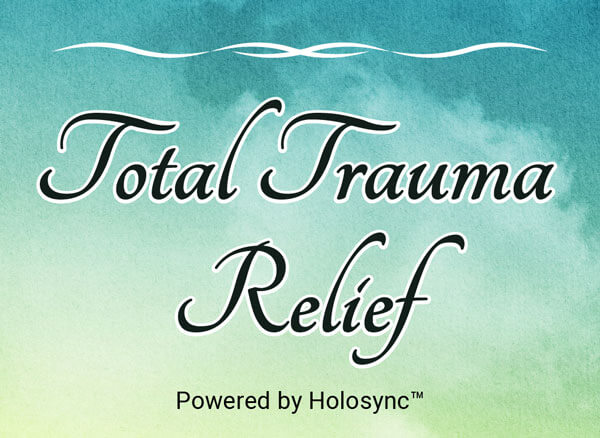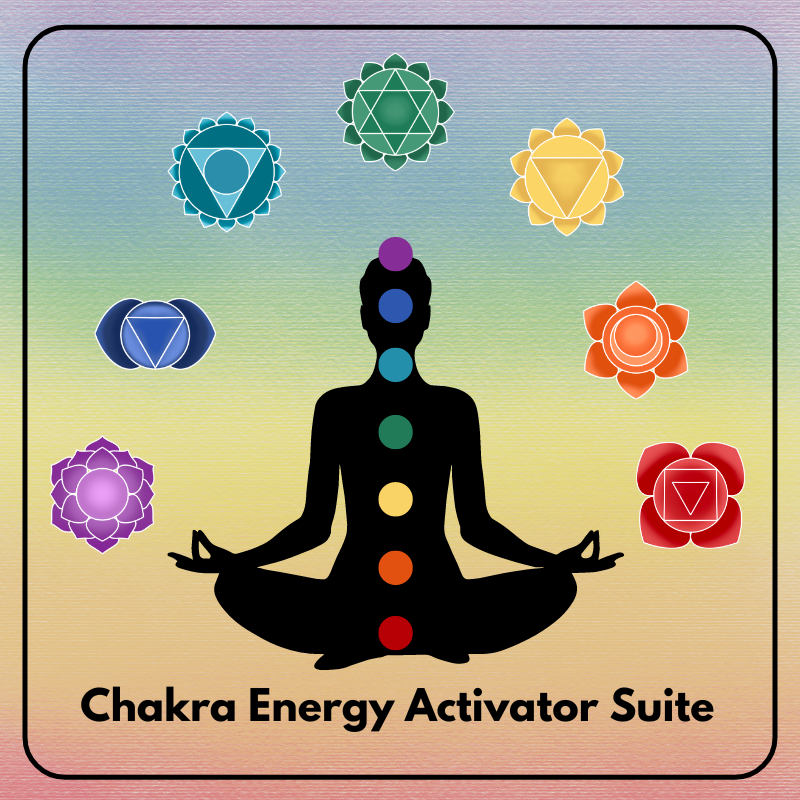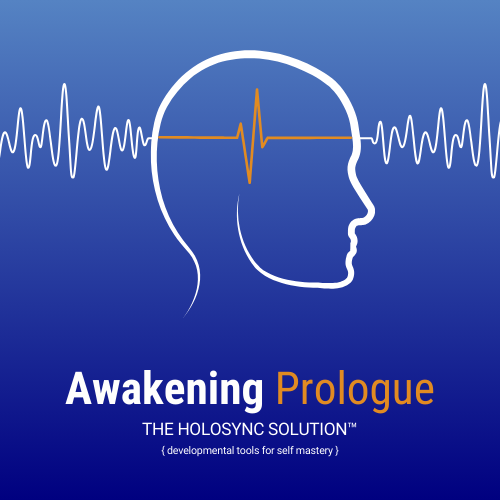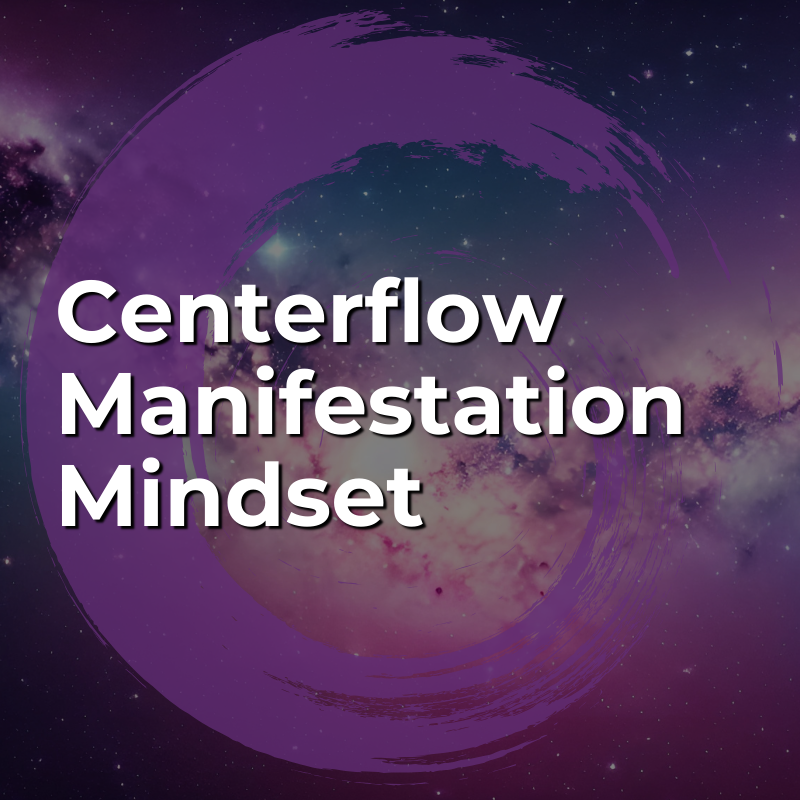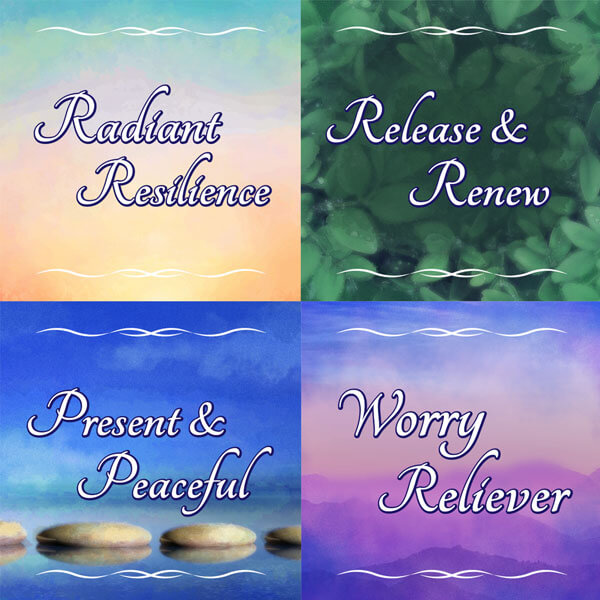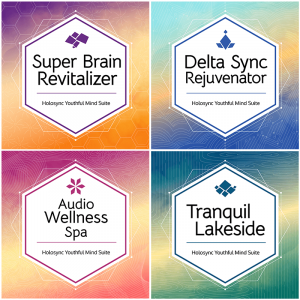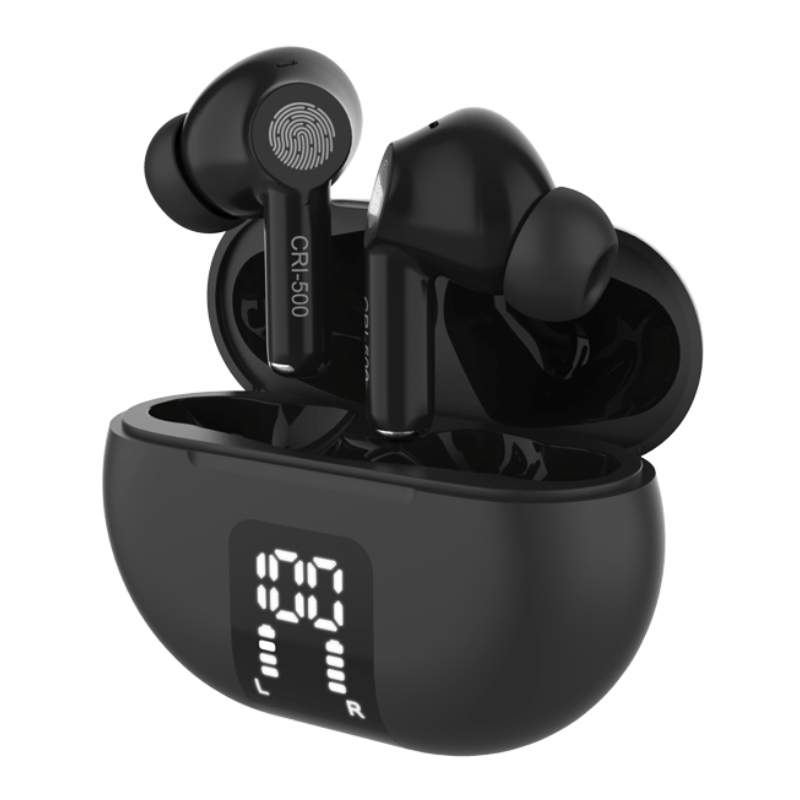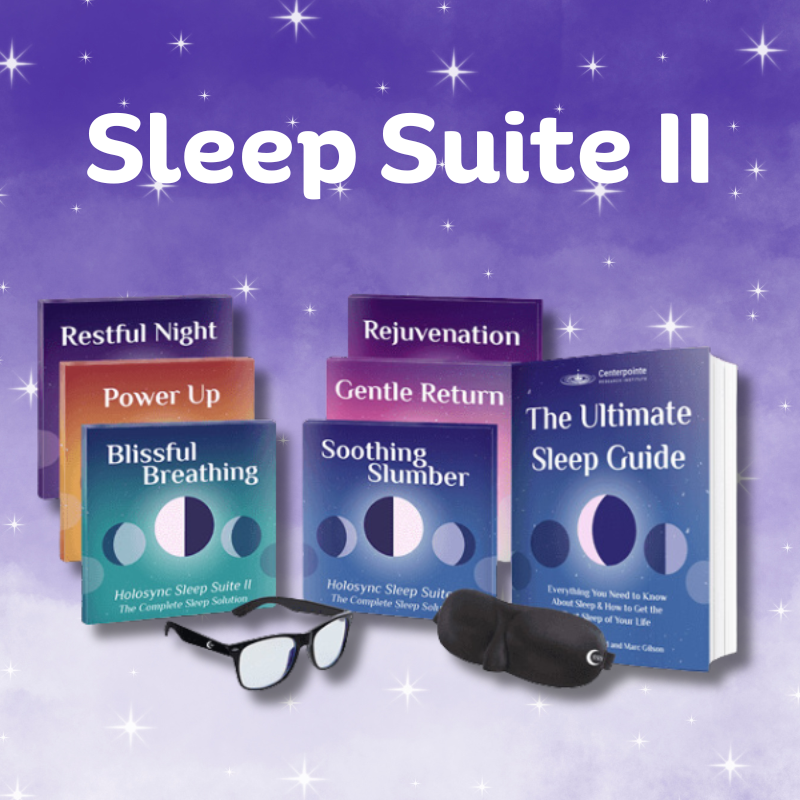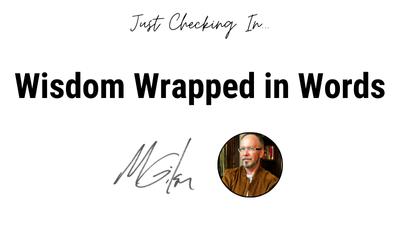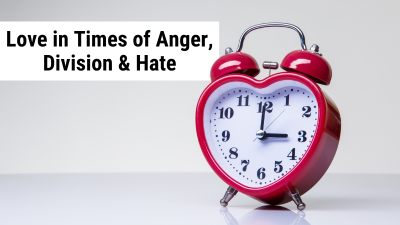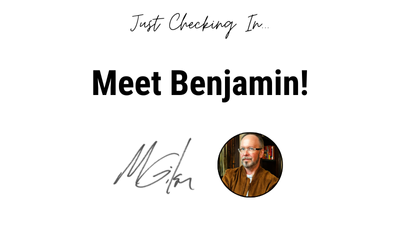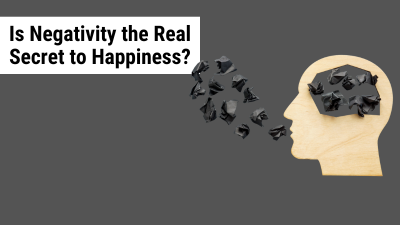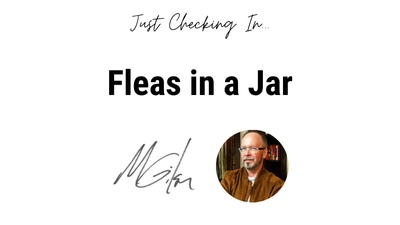
Issue #426 – Monday, June 3, 2024
Want to “Throw Away” Bad Thoughts & Feelings?
“Hakidashisara” Relieves Emotional Burdens
By Ryan Standifird
Did you know that there’s an ancient Japanese pottery technique that’s often used as a beautiful metaphor for life? Maybe you’ve heard of it.
It’s called Kintsugi and it’s the act of taking a broken plate, bowl, vase or other piece of pottery and using a lacquer mixed with powdered gold or other precious metals to repair it.
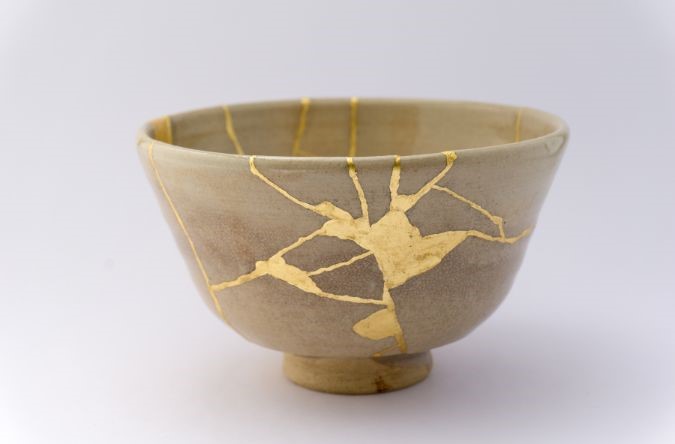
The result is a beautifully reassembled piece of pottery with glittering golden veins running through it, creating a stunning work of art that’s more valuable than the original unbroken version.
This is probably the most popular Japanese pottery term…
…but did you know that there’s another ancient Japanese pottery technique that can help you with anger, frustration or other negative thoughts?
This technique, called Hakidashisara, is not so much about fixing something that’s been broken…
…but about destroying that which is weighing us down.
Breaking Plates at the Hakidashisara Festival
Every year a festival is held at the Hiyoshi shrine in Kiyosu, Japan where the practice of Hakidashisara - or plate breaking - is on full display (hakidashi means to purge or spit something out, while sara translates to a dish or plate).
In this ancient ritual, participants write down their frustrations, annoyances, sources of anger and other issues onto ceramic plates. Then, they throw the plates onto the ground, shattering them.
By taking part in this ritual, festival-goers say that it frees their lives from the grip that these negative emotions hold on their mental health.
But how effective is this practice really? And are the plates really necessary?
Scientists from Nagoya University in Japan decided to find out.
An Emotional Experiment
A research team from Nagoya University recently published a study where they explored whether the technique of Hakidashisara really does relieve the stress and burden of negative emotions.
They gathered a group of students attending the college as participants in the experiment. To keep the results legitimate, the students didn’t know what the true intent of the study was. They were then asked to fill out a survey of their emotional levels to get a baseline of their anger and other emotions. Then they were told to respond to a prompt that asked their opinions and insights into a controversial topic. For example, one prompt was, “What do you think of a country-wide smoking ban?”
Each participant submitted their opinions in writing to be reviewed and commented on by the graduate students overseeing this part of the experiment.
But what the participants didn’t know was that no matter what they said in their opinion…
…the graduate students would respond with an extremely harsh critique.
These critiques were intended to insult the participants with lines like, "I cannot believe an educated person would think like this. I hope this person learns something while at the university."
Once the participants got their critiques back (with many visibly upset upon reading the scathing remarks), the researchers asked the participants to rate their emotional levels again, and then write down their feelings about the critiques that they received on a piece of paper.
By writing down their feelings after being criticized and insulted, these students were actually implementing the first step of Hakidashisara - except instead of plates, they were writing their frustrations down onto a simple piece of paper.
The researchers then split the students into four groups that would determine what they would do with that piece of paper containing their frustrations and anger.
The first group threw their paper away in the trash, the second group put the paper in a plastic box, the third group put the paper through a paper shredder, and the last group kept the paper in a file on their desk.
After the participants completed these tasks, they were asked to rate their emotional levels again.
Can you guess what happened?
That’s right - the ones who threw the paper away or shredded the paper had a decrease in their anger levels back to around their initial levels at the start of the experiment!
The paper Hakidashisara worked. These students were able to discard their negative emotions and return to their baseline states.
But what about the students in the groups that filed the paper away or put it into a plastic box?
Their anger levels dropped a little bit, but were still significantly elevated!
A Hakidashisara Exercise You Can Do
What the research team at Nagoya University revealed is that anyone can harness the power of Hakidashisara - no pottery or ancient temples necessary.
All you need is a piece of paper and a pen.
Here’s how you can do it in just a couple of quick steps.
The Two-Step Hakidashisara Exercise
Step 1: On a piece of paper, write down all the things that are currently troubling you. This could be anger or frustration, like the folks in the experiment. It could be jealousy, fears, or anxieties. Any negative thoughts or feelings you’d like to be rid of, write it all down.
Step 2: Now, dispose of this piece of paper. You could simply crumple it up and throw it away. You could (safely) throw it into a lit fireplace or send it through a paper shredder. You could even rip it to shreds with your bare hands. The important thing is that it is destroyed.
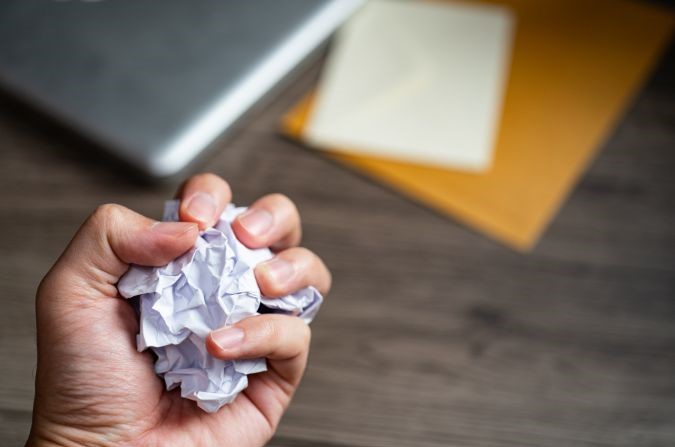
That’s it! Easy, right?
You should feel a weight has been lifted after completing the Hakidashisara exercise.
How Does This Work?
Why does the Hakidashisara have such profound effects?
The study doesn’t come to those kinds of conclusions, but here’s my theory:
It’s well known that journaling can help clarify thoughts and feelings while also reducing stress. Many see journaling as a way to express their anxieties in a healthy way, and once written onto the page those thoughts are no longer bouncing around inside, stirring up trouble.
This is possibly why those who wrote down and then kept their papers either in a file or in a plastic box during the Hakidashisara experiment still saw some decrease in their overall anger levels. They were essentially journaling their thoughts onto the page and then keeping it, like they would a regular journal.
But Hakidashisara goes a step further by destroying the very words written down.
This symbolic gesture serves as a figurative way of cleansing those thoughts outright, inspiring the idea that they cease to exist in the world - and as a result also fade from your mind.
It’s important to point out that one of the most crucial aspects of Hakidashisara is that the person who wrote down the thoughts and feelings is also the one destroying them. I don’t think that having someone else dispose of your paper or having it be shredded by accident will have the same effect as intentionally disposing of it.
Perhaps they will do another study to find out.
Controlling Your Emotions
The Hakidshisara exercise is a wonderful tool to have in your pocket anytime you want to relieve feelings of anger or frustration. It’s easy to do, and can be done pretty much anywhere.
But an even better method for controlling your emotions is a daily practice of meditation - especially with Holosync.
Meditation improves your brain’s ability to regulate emotions as they arise, empowering you to respond to life with thoughtful actions, instead of reacting on autopilot.
So if being in the driver’s seat of your life is important to you, give Holosync a try. Or you could always just take a trip to the Hiyoshi shrine and bring along your stack of ceramic plates.
Total Trauma Relief gives you the tools you need to more easily and comfortably heal.
This Holosync collection is designed to give you power over your trauma by:
- Soothing your hyperaroused limbic system
- Strengthening your stress threshold
- Releasing repressed trauma
When you sign up for Total Trauma Relief you also get instant access to our Accelerated Results Coaching so you don’t have to face your trauma alone!
Wise Words
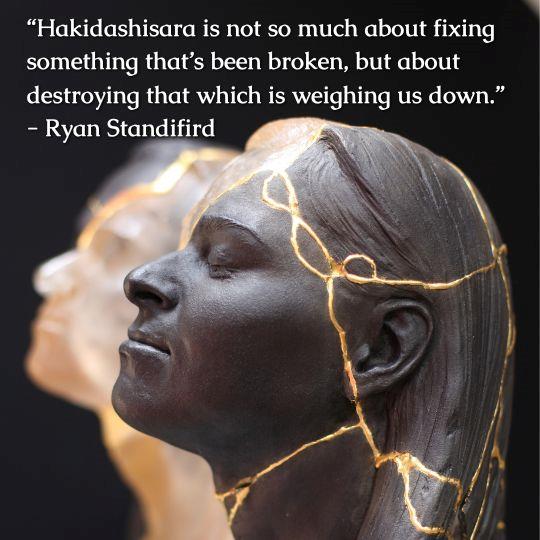
I have struggled with getting good quality sleep for a very long time. Years in fact. Since taking the challenge, I am now sleeping really well and feeling much more rested on waking, even if only 4 to 5 hours, it is the best sleep ever!
~Jane O.
5-Day Challenge Participant
We Want to Hear From You!
What bad habit would you like to ditch this year?
Post your story on our Facebook Page.
Not on Facebook? Tell me about the impact that meditation with Holosync has had on your daily life. Stress? Sleep? Weight Loss? Focus? Spiritual Connection? Other? Email your story here.

